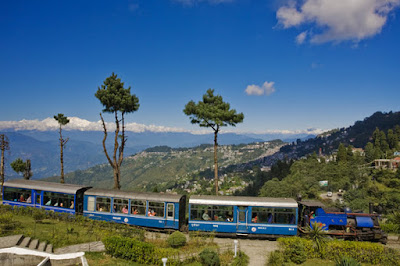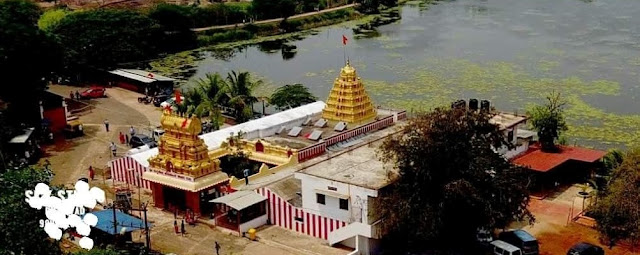Darjeeling Himalayan Railway - A UNESCO World Heritage institution
 The Hill Railways are a metaphor
of life in India. The railways are unique in their own way and they are part
and parcel of people’s life in their respective regions. Darjeeling Himalayan
Railway is an outstanding example of a hill railway, as it applies ingenious
engineering solutions to the problem of connectivity in a mountainous terrain
of great natural beauty.
The Hill Railways are a metaphor
of life in India. The railways are unique in their own way and they are part
and parcel of people’s life in their respective regions. Darjeeling Himalayan
Railway is an outstanding example of a hill railway, as it applies ingenious
engineering solutions to the problem of connectivity in a mountainous terrain
of great natural beauty.
Darjeeling Himalayan Railway is
intimately linked with the development of Darjeeling as the ‘Queen of Hill
Stations” and one of the major tea centres in India. The densely wooded mountain spur on which
Darjeeling now stands was formerly part of the Kingdom of Sikkim. The British
East India Company leased it to develop as a rest and recovery station for its
soldiers in 1835.
By 1878, Calcutta (Kolkata) had
been linked by rail to Siliguri, in the foothills of the Himalaya. By this time
the tea industry had gained great importance in the Darjeeling region, and the
existing road link was inadequate to cope with the increased traffic. Franklin
Prestage, an agent of the Eastern Bengal Railway, submitted a detailed proposal
for a steam railway from Siliguri to Darjeeling. This received official
approval and construction work began immediately. By 1881, it had been
completed in 3 stages.
Darjeeling Himalayan Railway
consists of 88 kms of 2 ft narrow gauge track, passing through 11 stations
between New Jalpaiguri and Darjeeling. One of these, Ghoom, is the highest
railway station in India, at an altitude of 2258 metres. The DHR Toy Train, as
it is affectionately called, affords breathtaking views of Eastern Himalayas,
full of waterfalls, green valleys and in the end the splendid panorama of the
snow-capped Kanchenjunga range. There are four distinct sections between
Siliguri and Darjeeling. The first section between Siliguri and Sukna is partly
urban and partly agricultural, the 11 km densely forested section from Sukna to
Rongtong, the 38 km largely deforested open hill section up to Kurseong, and
finally the 30 km alpine section to Darjeeling, dominated by Himalayan pine and
tea gardens.
Recognizing the importance and
uniqueness of the Darjeeling Himalayan Railway, the UNESCO awarded it the World
Heritage Site tag in 1999. Kalka-Shimla Railway and the Nilgiri Mountain
Railway have since been included in the World Heritage List under ‘the Mountain
Railways of India’.
BBC Four has produced an award
winning documentary tracing the origin of Darjeeling Hill Railway and its close
relationship with the people inhabiting along. Directed by Tarun Bhartiya, the
hour long film, though somewhat dated (2009), gives great insights into the
lives associated with the Hill Railway.
MD/2013/12/10


Comments
Post a Comment